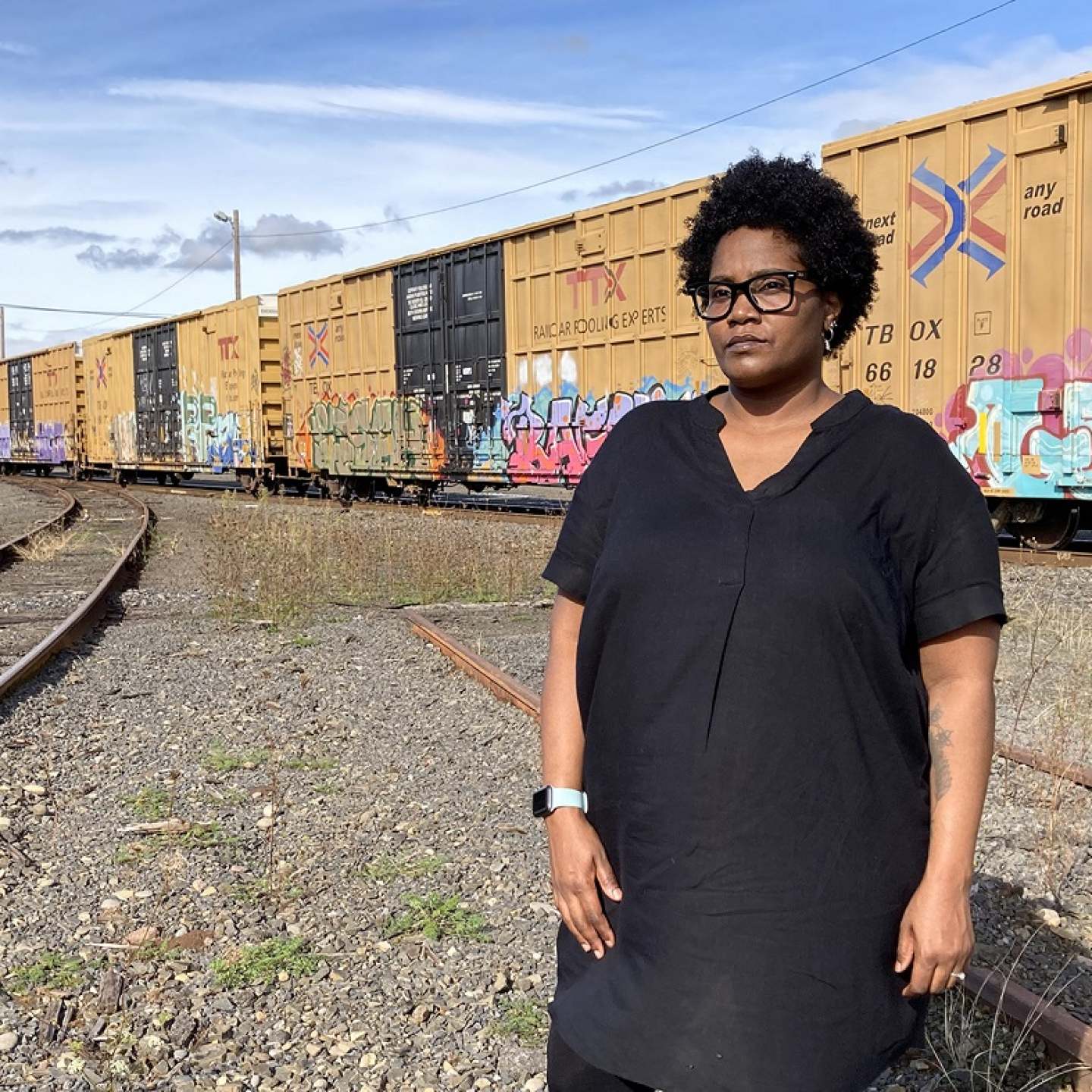By now, the whole world knows that seven documented bumble bee kill incidents happened in Oregon during 2013-2014. These bee…
Pump to Progress: Ending the Legacy of Gas Station Contamination
Underground petroleum contamination is a widespread problem that drains public resources and has been routinely mismanaged to the detriment of…







